Learning with Lomography: IEFC Students and the LomoKino - Eva Lorente
3 Share TweetFrom Bologna to Bandung, London to Shanghai – we have collaborated with universities and schools all over the world to give creative students the chance to enjoy their own Lomographic experiences. Through this series we see how the students brought their artistic visions to life with the help of a range of Lomography tools.
Today we’re in Barcelona for a very special collaboration between IEFC and Lomography. The participants were invited to develop a short movie using our LomoKino, Lady Grey B&W films and the DigitaLIZA Max scanning kit. In this article we meet Eva Lorente and take a look at her wonderful project.
Hi Eva! Welcome to our Online Magazine! Could you introduce yourself to our readers?
I’m from Barcelona. I've studied Fine Arts and Photography and I have worked in the world of theater and also photography.
Tell us about your photographic background. When did you start your journey into the world of photography?
I started taking pictures with my father's camera when I was a teenager. Then in Fine Arts I was able to learn a few things but as I was very interested then I started the IEFC photography graduate.
What course are/were you attending at IEFC?
The last thing I have done at the IEFC are specialization courses.
When the institute informed you about this special experimental cinema project on film, what was your reaction?
As I really enjoy experimenting with analogue media, I was immediately very interested in trying Lomo cameras and film.
For this video you used our LomoKino along with a Lady Grey B&W film. What features did you appreciate the most?
I especially liked the idea of being able to work with a camera that allowed me to create a video only afterwards.
How did you choose the audio for your video?
I used the website freesound.org to find street noises that worked with what I wanted to communicate with my images. The noise of a big city, the traffic, the people etc.
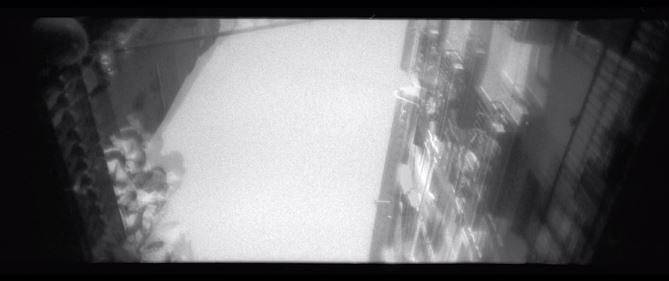
We are currently living in an undeniable digital era. How satisfyingly was it for you to shoot a short movie on film? Would you do it again?
Always! I find photography interesting from all sides. For some things it is good to work in digital but there is nothing like analogue photography for experimentation with materials. And there's always the mystery of shooting a reel and having to wait to see what you get.
Tell us about the concept behind this beautiful video.
I wanted to convey with few images and sounds the concept of the city. What it means to walk through a great city, listening to it. We always walk stressed, thinking about other things and we are not aware of what is around us. I wanted to convey the hustle and bustle of the city which is stressful for many people but can also be relaxing for others.
For this project did your research lead to any interesting discoveries that you would like to tell us about?
Well, I'm delighted to have discovered an easy-to-use camera with which I've been able to make analogue video with 135 films, which are very easy to find.
Do you have any interesting projects or collaborations planned related to analogue photography?
I would like to work with the gum bichromate technique for the final finish of some projects.
Thank you to Eva for sharing your work with us. You can find out more about IEFC on their Instagram profile and website.
written by melissaperitore on 2023-11-24 #gear #culture #videos #spain #lomokino #iefc #digitaliza-max #lomography-at-art-school #learning-with-lomography #scanned-with-lomography


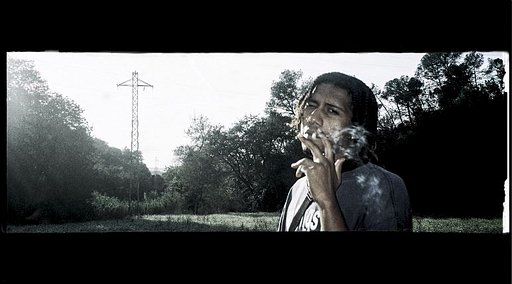

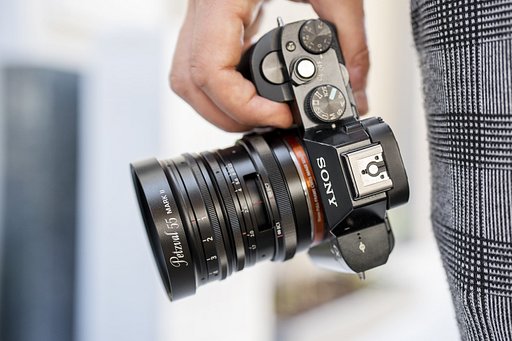






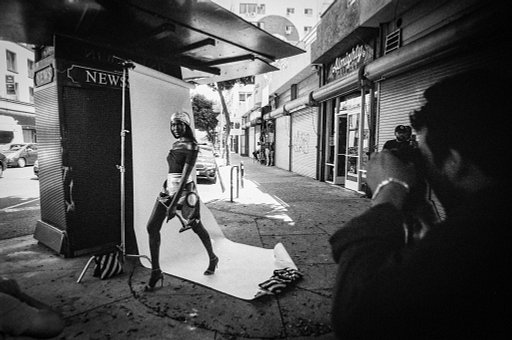


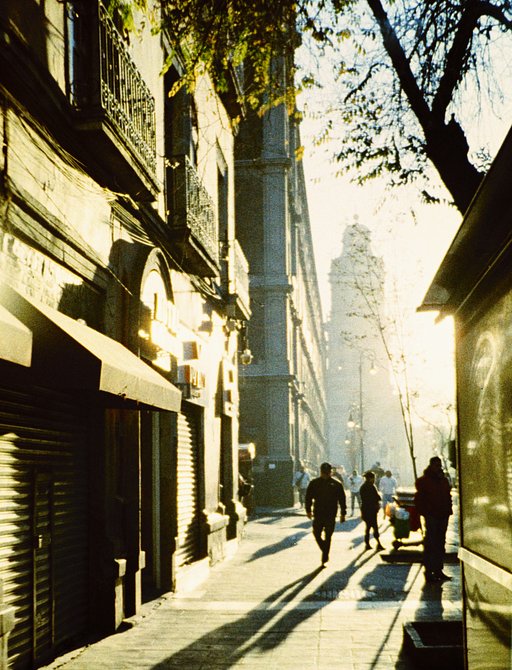

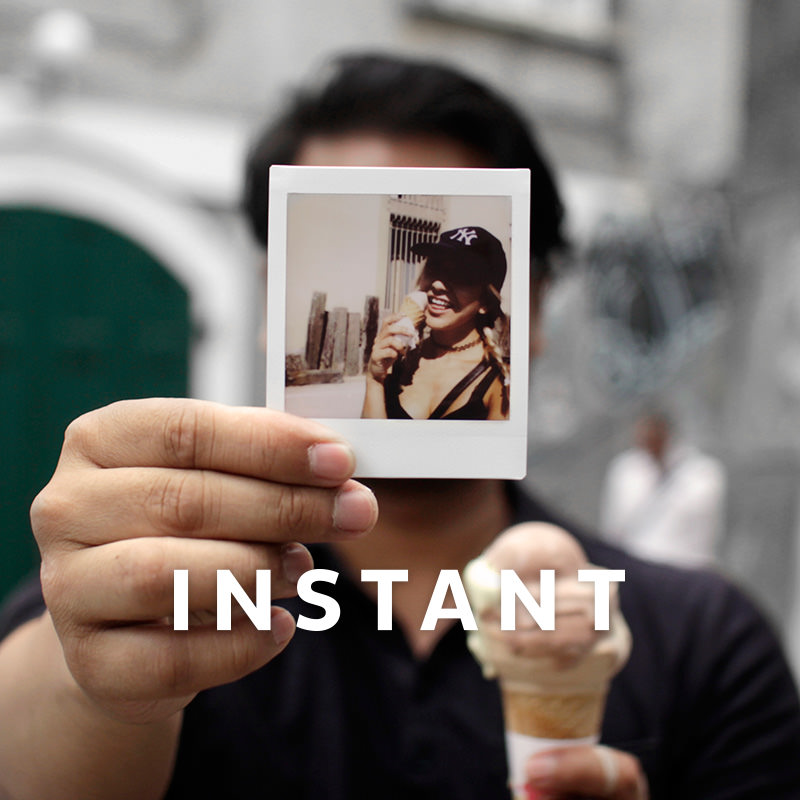
No Comments